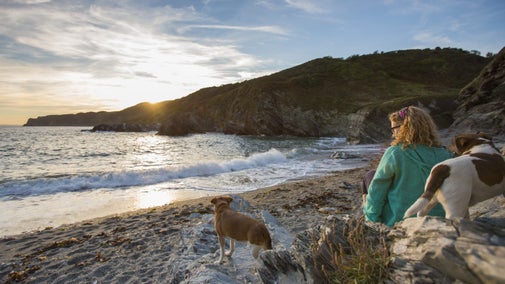Lincolnshire Coastal Country Park
As part of the Lincolnshire Coastal Country Park, Sandilands is a place where nature thrives and people can feel truly connected to the coast. With its wide skies, peaceful paths, and rich birdlife, this stretch of coastline offers space to explore, reflect, and enjoy the outdoors in every season.
The park spans five miles from Sandilands to Chapel St Leonards, reaching inland to the villages of Hogsthorpe, Mumby, Anderby and Huttoft. Along the way, you’ll find unspoilt beaches, sand dunes, and nature reserves teeming with life - a haven for walkers, wildlife-watchers and anyone seeking a breath of fresh air.
Make Moments That Matter
Every visit to Sandilands is a chance to slow down and make lasting memories. Whether you’re wrapped up for a blustery beach walk or soaking up the colours of autumn, there’s beauty to be found in every step. Don’t forget to capture your favourite moments and share them with us — tag @NTSandilands or use #NTSandilands on social media. We’d love to see your adventures.








